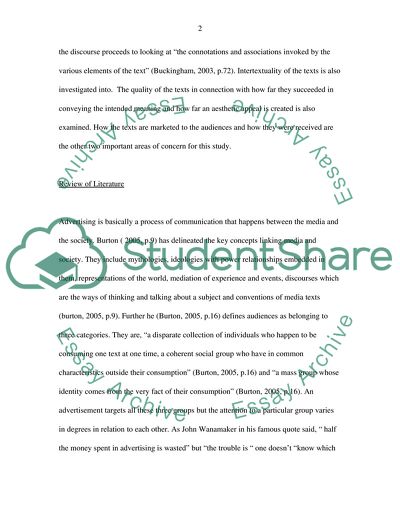Cite this document
(“Advertisements in the Face of Economic Recession Thesis”, n.d.)
Advertisements in the Face of Economic Recession Thesis. Retrieved from https://studentshare.org/media/1724398-media-analysis
Advertisements in the Face of Economic Recession Thesis. Retrieved from https://studentshare.org/media/1724398-media-analysis
(Advertisements in the Face of Economic Recession Thesis)
Advertisements in the Face of Economic Recession Thesis. https://studentshare.org/media/1724398-media-analysis.
Advertisements in the Face of Economic Recession Thesis. https://studentshare.org/media/1724398-media-analysis.
“Advertisements in the Face of Economic Recession Thesis”, n.d. https://studentshare.org/media/1724398-media-analysis.


